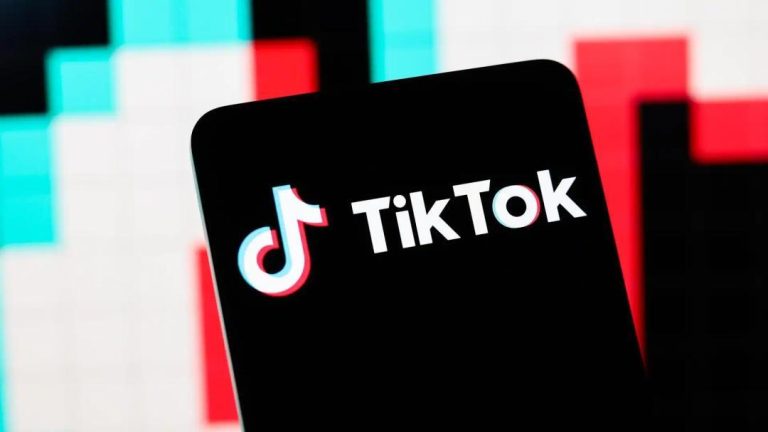
Insta Grabs Attention Fast; FB Builds Lasting Community & Loyalty
In the world of social media, having a strong online presence is crucial for businesses to reach their target audience, build brand awareness, and ultimately drive sales. Two of the most popular social media platforms, Instagram and Facebook, have distinct approaches to engaging users. While Instagram is designed to grab attention quickly, Facebook fosters community and loyalty. In this blog post, we’ll explore the differences between the two platforms and how businesses can leverage their unique strengths to build both brand recall and loyalty.
Insta Grabs Attention Fast
Instagram is a visual-centric platform, featuring a feed that’s designed to be scrolled through quickly. Posts are fleeting by design, disappearing from the main feed after a few hours. This ephemeral nature of Instagram content is what makes it so attention-grabbing. With an average user scrolling through their feed for around 53 minutes per day, businesses have a limited window to capture their audience’s attention.
Instagram’s algorithm prioritizes content that’s likely to resonate with users, using factors such as engagement, relevance, and timeliness to determine what appears in their feed. This means that businesses need to create high-quality, engaging content that’s optimized for the platform if they want to stand out.
The immediacy of Instagram is one of its greatest strengths. It’s the perfect platform for businesses to:
- Showcase products or services through visually stunning content
- Share behind-the-scenes glimpses into their operations
- Promote special offers or limited-time deals
- Utilize influencer marketing to reach new audiences
However, this fleeting nature of Instagram content comes with a cost. Engagement rates are notoriously low on the platform, with an average click-through rate of around 0.5%. This means that businesses need to be prepared to continuously create and publish new content to keep their audience engaged.
FB Builds Lasting Community & Loyalty
Facebook, on the other hand, is a platform that’s designed to foster community and loyalty. With a feed that’s curated based on user interactions, Facebook prioritizes content that sparks conversations and encourages engagement.
One of the key differences between Facebook and Instagram is the way users interact with content. On Facebook, comments linger, shares extend the shelf life of a post, and discussions can spark community chatter. This means that businesses can create content that resonates with their audience, and then engage with them through comments and messages.
The stickiness of Facebook is one of its greatest strengths. It’s the perfect platform for businesses to:
- Share in-depth content, such as blog posts or videos
- Encourage discussions around specific topics or products
- Build a community around their brand
- Utilize Facebook Groups to connect with customers and foster loyalty
Facebook’s algorithm prioritizes content that’s likely to spark engagement, using factors such as likes, comments, and shares to determine what appears in a user’s feed. This means that businesses need to create content that’s optimized for engagement if they want to reach their target audience.
The combination of Facebook’s community-building features and Instagram’s attention-grabbing capabilities makes it the perfect one-two punch for businesses looking to build both brand recall and loyalty.
To Build Both Brand Recall and Loyalty
So, how can businesses leverage the unique strengths of Instagram and Facebook to build both brand recall and loyalty? Here are a few tips:
- Use Instagram to grab attention with visually stunning content, then drive users to Facebook to engage with them in-depth.
- Share Instagram content on Facebook to extend its shelf life and encourage discussions.
- Utilize Facebook’s community-building features, such as groups and events, to connect with customers and foster loyalty.
- Create content that’s optimized for both platforms, using Instagram’s attention-grabbing visuals and Facebook’s community-building features.
By leveraging the strengths of both Instagram and Facebook, businesses can build a strong online presence that drives engagement, loyalty, and ultimately, sales.
Conclusion
In conclusion, Instagram grabs attention fast with its fleeting content, while Facebook builds lasting community and loyalty through its community-building features. By understanding the unique strengths of each platform, businesses can leverage their strengths to build both brand recall and loyalty. Whether you’re looking to showcase products, share behind-the-scenes glimpses, or build a community around your brand, Instagram and Facebook have the tools and features to help you achieve your goals.
News Source:
https://www.growthjockey.com/blogs/instagram-vs-facebook-user-preferences-and-engagement






